Longest Living Animals On Earth
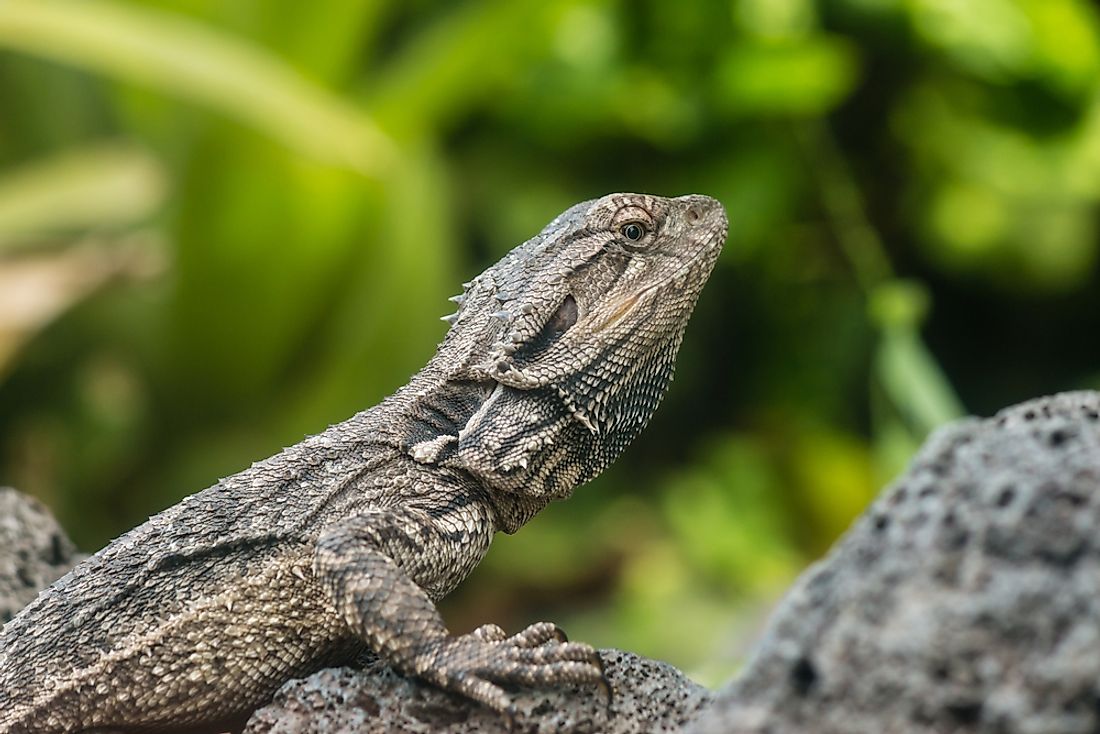
10. Puget Sound Geoducks
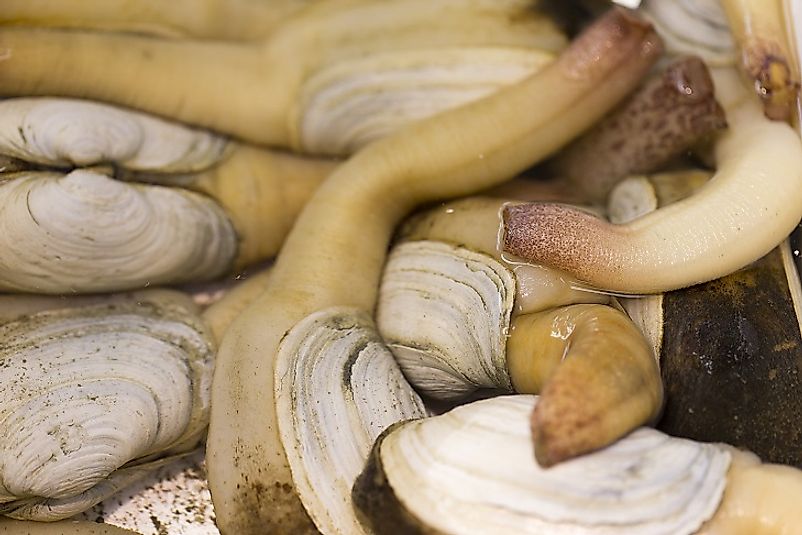
The Puget Sound geoducks are one of the oldest living species of animals in the world which can survive for as long as 140 years. As per reports, the oldest clam lived up to 168 years. These clams are also the largest among all clams and can achieve shell lengths of 15 to 20 centimeters while their siphons can extend a further 1 meter. These clams occupy habitats in saltwater and are highly edible.
9. Turritopsis Nutricula Jellyfish
The Turritopsis nutricula jellyfish have often been dubbed as the "immortal jellyfish" by scientists. This species of jellyfish exhibit an amazing regenerative capacity. When threatened or facing a near death situation, the cells of the jellyfish are transformed into a younger state or more simply, the jellyfish transforms from an adult to a baby and this it can do over and over again. However, it is only the mature adults of this species that can undergo this transformation while the young polyps are susceptible to death.
8. Tuataras
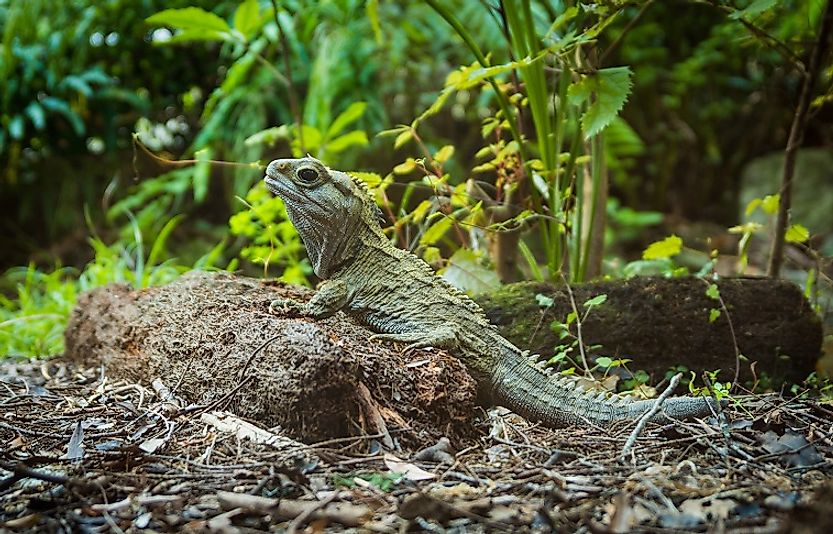
Tuataras are a reptilian species endemic to New Zealand. These lizards are nocturnal and terrestrial in nature and often exhibit cannibalism. They primarily depend on insects for food. Eggs and young ones of birds, frogs, and other lizards also supplement their sources of food. The tuataras hibernate during the winter but are able to tolerate lower temperatures than what most other reptiles can tolerate. Tuataras have a very slow growth rate and long lifespan. Experts estimate that their average lifespan is 60 years but some can live for as long as 100 years or even 200 years.
7. Tube Worms
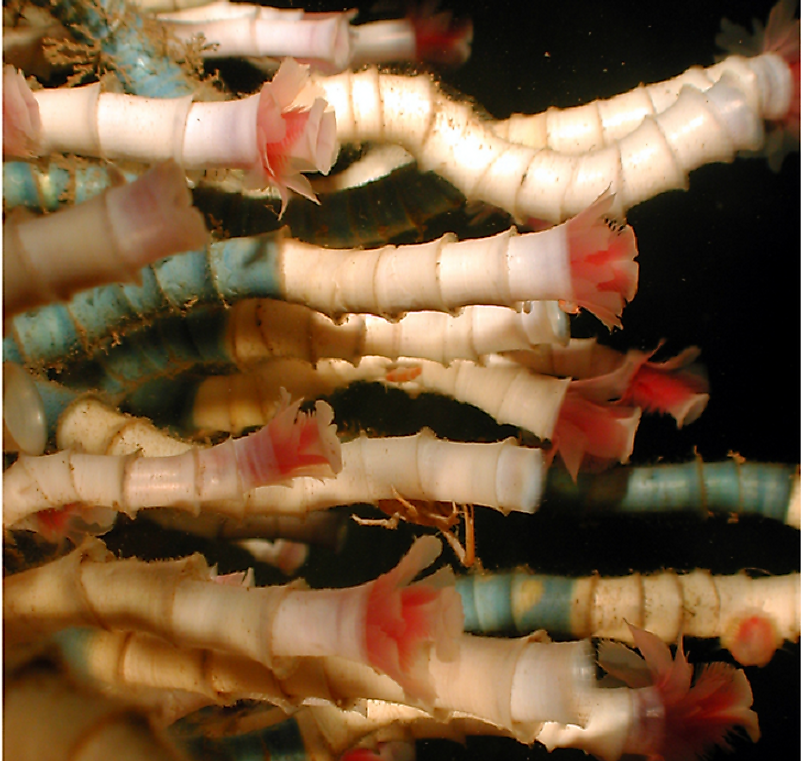
The cs have the fastest rate of growth among all marine invertebrates and one species, the Lamellibrachia luymesi can live up to 170 to 250 years during which it grows as long as 2 meters. These worms inhabit the intertidal and pelagic zones of the oceans and obtain their energy source from chemosynthesis.
6. Red Sea Urchin
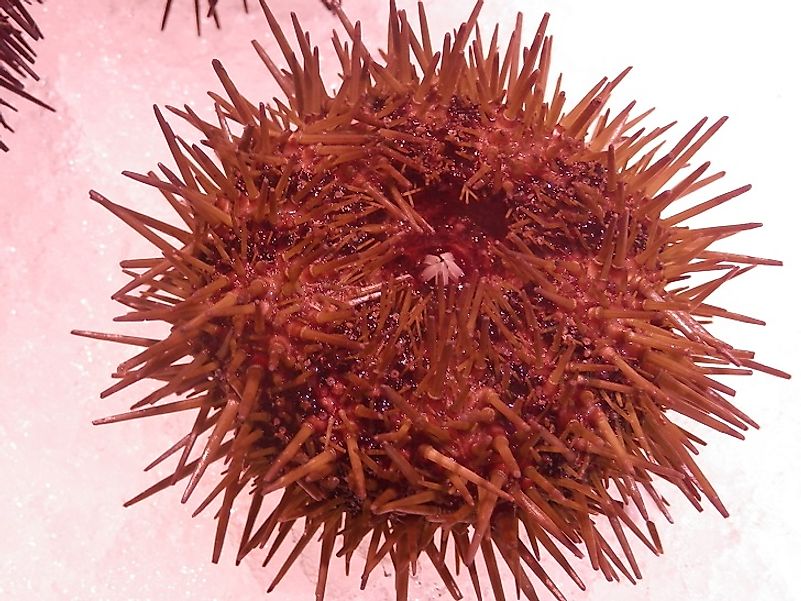
The red sea urchin is found in the shallow waters of the Pacific Ocean from Alaska to Baja California. The urchins depend on seaweeds and algae for their food source and exhibit the property of regeneration. Red sea urchins usually live up to 30 years but some have also been known to live much longer and specimens that are two centuries old have also been discovered by scientists.
5. Arctic Bowhead Whales
The bowhead whale is found in the arctic and sub-arctic waters of the world. These whales are known to live well over 100 years and one individual bowhead whale that was studied was suspected of living more than 200 years. Prior to 1966, the whales were subjected to extensive hunting that had severely decimated the numbers of these creatures. However, a moratorium imposed on the hunting of these whales in 1966 helped reduce their killing and currently, the bowhead whales are placed in the “Least Concern” category by the International Union for the Conservation of Nature (IUCN).
4. Koi Carp
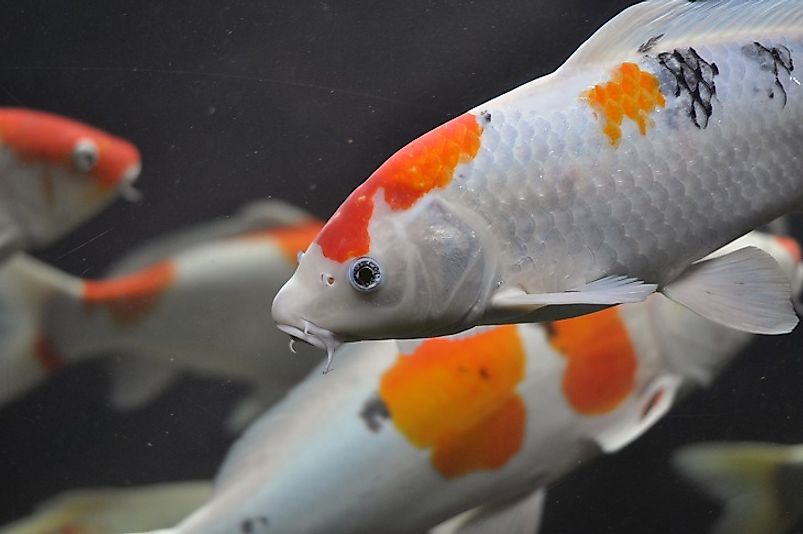
Ornamental varieties of the common carp, the koi carp are well known for their long life span. The oldest known fish in the world, Hanako, was a female koi carp who died in 1977 at the age of 226 years. The koi carps are vibrantly colored and are used in water gardens and decorative ponds for display purposes. The bright colours of the fish often make it an easy prey for predators like birds, dogs, cats, and raccoons.
3. Ocean Quahog
Ming, the clam, a specimen of ocean quahog (Arctica islandica), an edible variety of clam, discovered during a marine expedition, was found to be 507 years old. Another individual of this species collected in 1868 was estimated to be 374 years old. Thus, ocean quahogs appear to live extremely long lives and has been the subject of studies revolving around senescence. Ocean quahogs inhabit the marine waters of the North Atlantic Ocean where they can be harvested by dredging operations for use as food.
2. Giant Tortoises
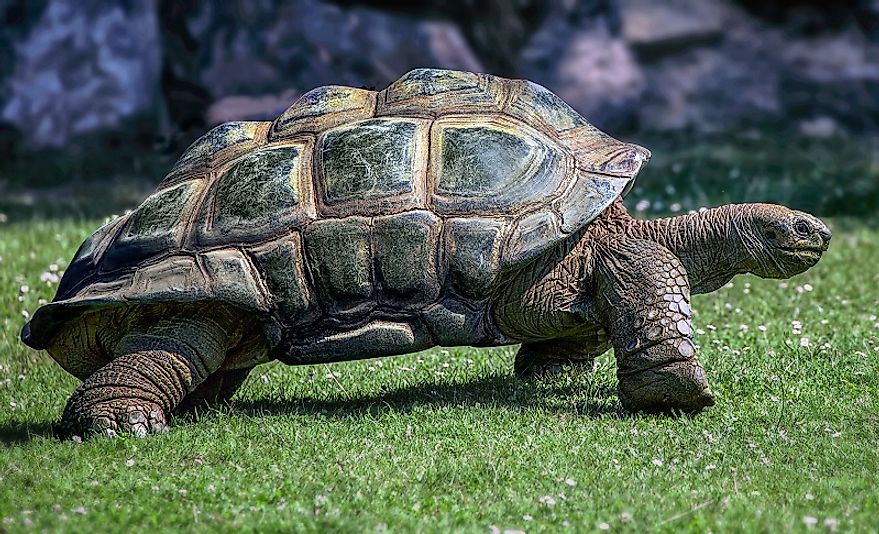
Giant tortoises are gigantic tortoises that weigh as much as 417 kilograms and grow up to 1.3 meters. They are found in two isolated populations, one in the Galapagos Islands of Ecuador and the other in the Aldabra Atoll of Seychelles off of the coast of mainland Africa. The isolation of these tortoises on remote islands is believed to have triggered their evolutionary mechanism to achieve such large sizes. These tortoises also live long, achieving sexual maturity at about 30 years and with an average lifespan of 80 to 120 years. However, giant tortoises with an age of over 250 years are also known.
1. Antarctic Sponge
A large number of sponges are found in the sea around Antarctica. These sponges are the simplest, multi-cellular organisms which are sessile in nature, filtering the sea water that enters them to obtain their nutrients. The ability of sponges to process 200 liters of sea water per hour render the sponges useful organisms for bioremediation and monitoring. Sponges in Antarctica are extremely slow growing and extremely long living. It is estimated that some sponge specimens have lived for as long as 1,550 years!











